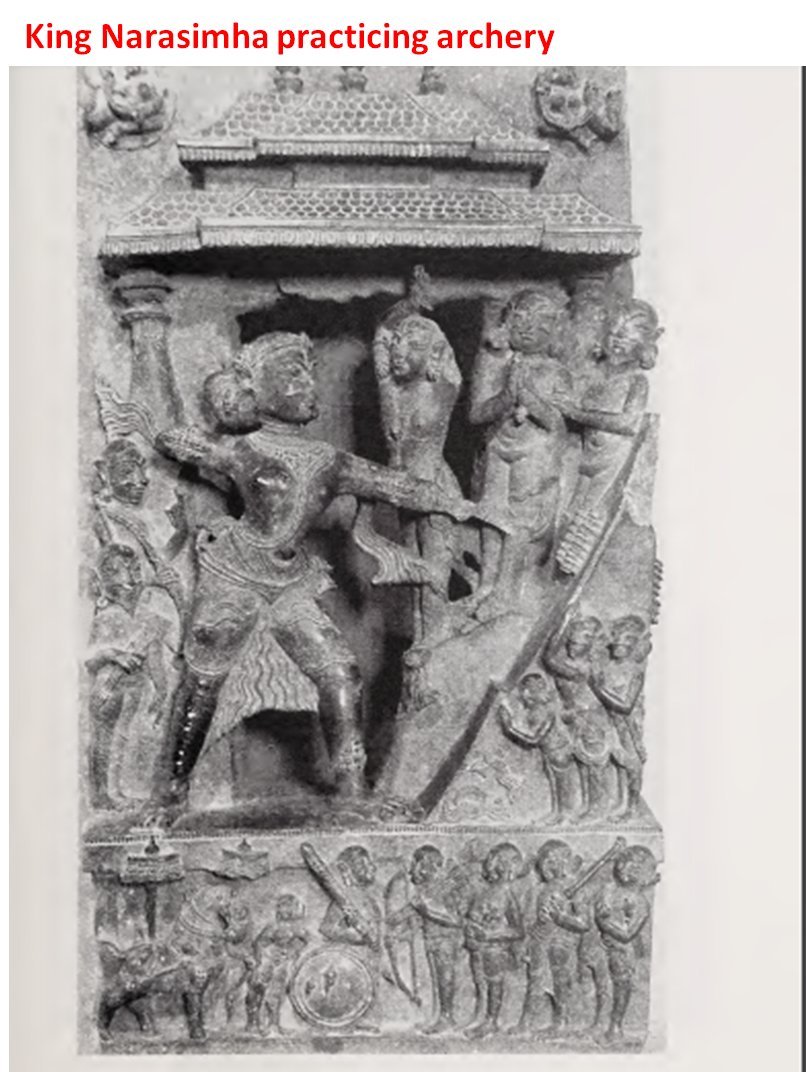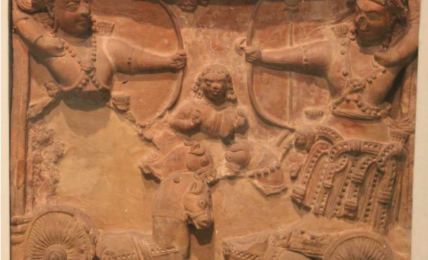Eastern Gangas of Odisha- A story of defiance
Odisha gave shelter to the Hindu art and religion that were dispersed due to the vandalism of the Turks in the north. Jagannath Puri emerged as the supreme centre of Hindu religion in India. While the iconoclastic zeal of Islam was wiping out every trace of Hindu architecture from north, the monumental super-structures of the Hindu architectural genius were raised at Puri and Konarak, an act of defiance. In fact, Odisha remained the only major independent Hindu state when all of India fell under sword of Alauddin Khilji.




